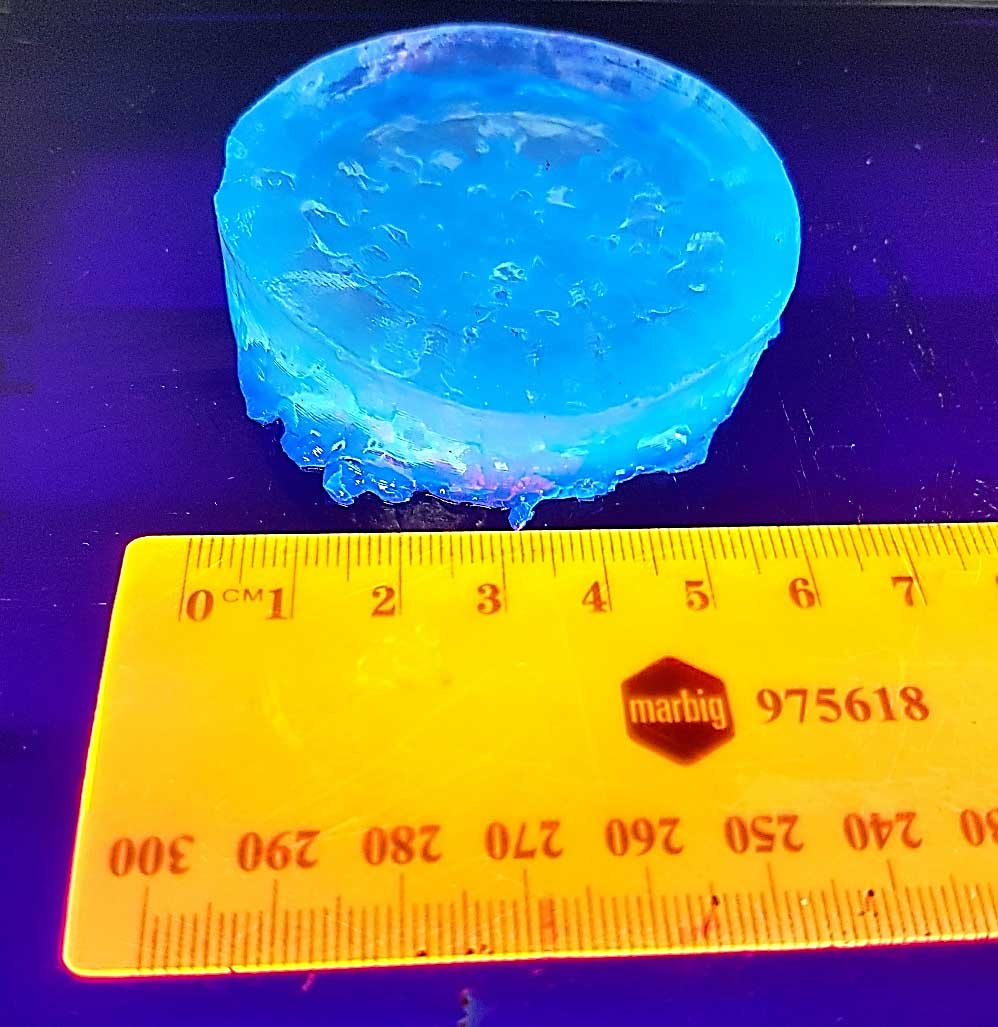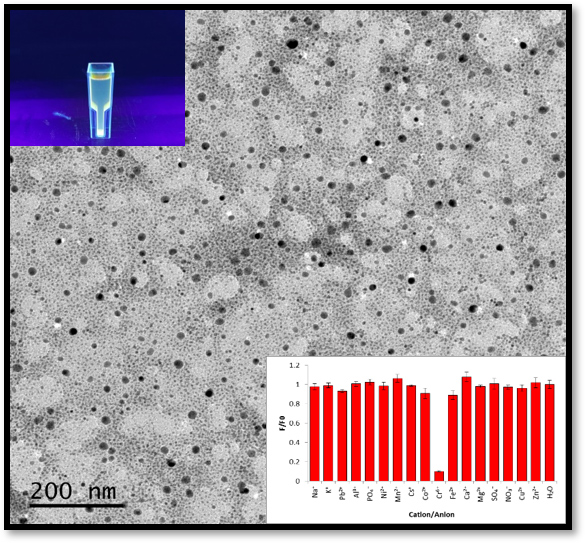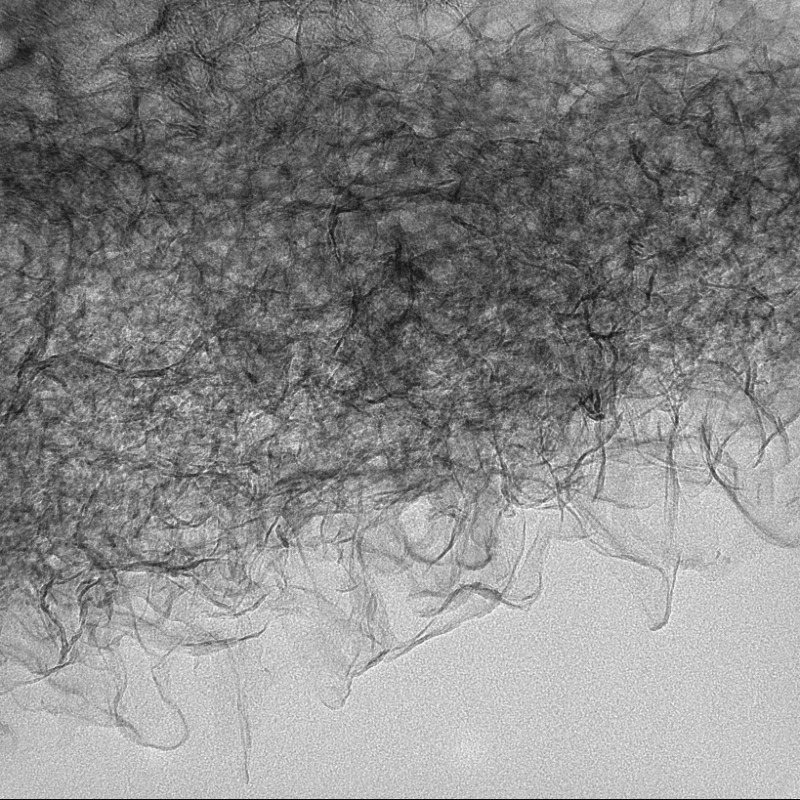Dr Adam Truskewycz - ALUMNUS
Release of heavy metals into the environment from industrial processes results in severe adverse social, environmental and human health problems. Many terrestrial and aquatic ecosystems contain persistent and undetected heavy metal concentrations which are unidentified due to the extensive cost associated with site sampling and expensive analytical measurements requiring trained scientific staff. On site detection of heavy metal contamination which is user friendly, cheap and rapid is therefore sought after to map out areas of concern and provide communities with information relating to the toxicity and suitability of their land and water resources for agricultural, potable and recreational use.
Nano-sensing of environmental pollutants is an emerging field of research possessing outstanding capacity for detecting low concentrations of pollutants (including heavy metals). This approach for pollution detection relies on a nanomaterial support which has fluorescent chemical functional groups attached to it which selectively bind the pollutant of interest. Upon binding, the fluorescence profile of the composite changes and can be measured. The concentration of heavy metal can be accurately associated with the amount of fluorescence output and heavy metal concentrations can be quantitatively determined.
Find out more about Adam:
Google Scholar
New team website
 Figure 1: Zinc oxide hydrogel impregnated with fluorescent carbon dots as a 3D platform for heavy metal sensing
Figure 1: Zinc oxide hydrogel impregnated with fluorescent carbon dots as a 3D platform for heavy metal sensing
 Figure 2: Transmission electron microscope image of carbon dots capable of sensing hexavalent chromium. Top inset shows their fluorescence under UV light and bottom graphical inset shows their selectivity to hexavalent chromium over other potentially interfering ionic species.
Figure 2: Transmission electron microscope image of carbon dots capable of sensing hexavalent chromium. Top inset shows their fluorescence under UV light and bottom graphical inset shows their selectivity to hexavalent chromium over other potentially interfering ionic species.

Nanostructures
Functional strontium phosphate-coated magnesium alloys for orthopaedic use